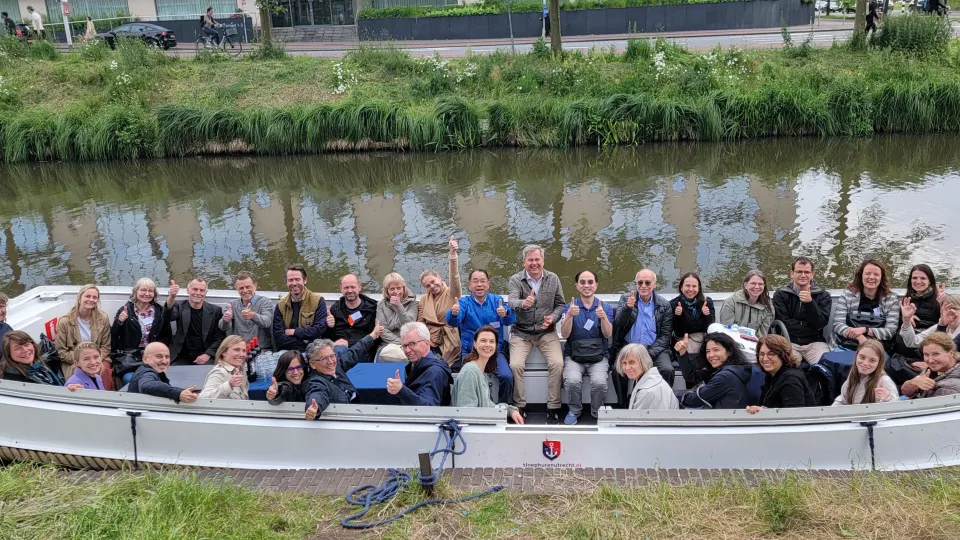At the center of this collaboration is the CHIP-AML22 trial—an international phase III study targeting newly diagnosed AML in patients aged 0–18. Sponsored by the Princess Máxima Center (Netherlands) and supported by the EU4Health programme through HaDEA, the trial is coordinated in Sweden by Lund University and Skåne University Hospital, with additional support from national organizations like the Swedish Childhood Cancer Fund (Barncancerfonden).
“Since we obtained financial support from the EU (HaDEA – European Health and Digital Executive Agency), we decided to hold this year’s physical meeting close to the EU, in Brussels. Also, for that reason, we held a public session during our meeting where we invited EU representatives to participate, as well as, for instance, funding organizations and patient representative organisations. From Sweden, the Childhood Cancer Fund and Lund University participated”, says Kees-Jan Pronk, international vice-PI for the study, researcher at Lund University and head of pediatric oncology at Skåne University Hospital.
What is CHIP-AML22?
“CHIP-AML22 aims to improve treatment efficacy by evaluating the addition of targeted treatment (Gemtuzumab) to a chemotherapy backbone, while at the same time reducing treatment toxicity by omitting one of three consolidation chemotherapy blocks”, says Kees-Jan Pronk.
The trial also serves as a platform for linked early-phase studies focused on specific genetic subtypes of AML, including an upcoming trial with Quizartinib for patients with FLT3-ITD mutations.
All six Swedish childhood cancer centers are now enrolling patients, with more than half of the 55 participating international sites already open. Full activation is expected in 2025, marking a major step toward personalized pediatric AML treatment in Europe—and beyond.

